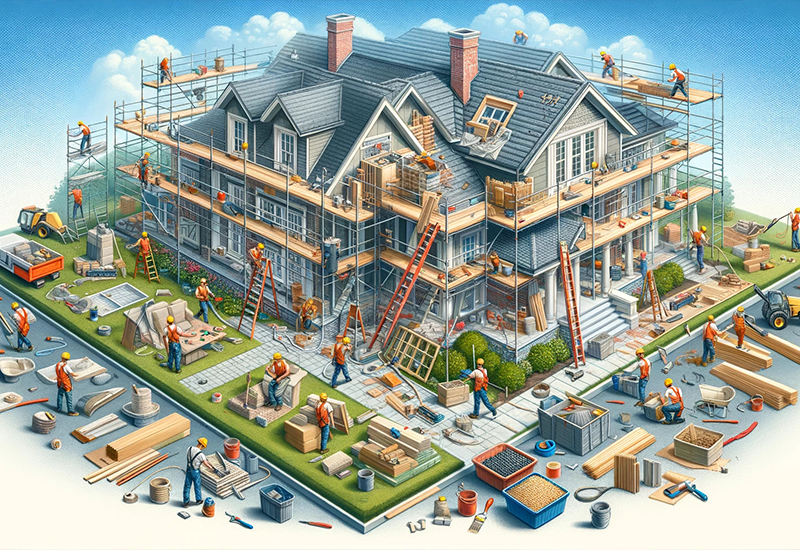A report has found that there is a shortfall of 487,000 senior living housing units.
As the UK population continues to age, BNP Paribas Real Estate data has revealed that 3,245 communities need to be built to account for it.
What does the data mean for senior living housing and can property investors help? This blog post explains.
What is senior housing?
Senior housing is a term used to describe any accommodation designed exclusively for the over 55s. It can refer to any type of home aimed at older people, from a retirement bungalow in a retirement village to a retirement apartment in a retirement development.
People contemplating senior housing are often looking forward to retirement, looking forward to downsizing from a property that has been too big for their needs, or looking to enjoy a life without the demands of household repairs, cleaning a large home, decorating and tending to an expansive garden.
Senior housing – for example senior apartments or retirement bungalows – are designed to be lower maintenance for an easier life, with less chores and more leisure time.
What is the senior living housing shortage?
Almost half a million homes – and over 3000 communities – need to be built to address the current lack of supply.
Further, there is an expected 31% growth in over 65s over the next 15 years.
According to the English Housing Survey, 80% of over 65s own their own home (either with a mortgage or outright).
A consumer survey published by Strutt and Parker found that 48% of those over the age of 66 would prefer to rent their next home.
What does the lack of supply for senior living mean for over 65s?
Sam Rowland, head of healthcare and senior living at BNP Paribas Real Estate commented, “The current shortfall in housing product for senior living is indicative of the consumer misconceptions around the offer it provides and comparisons to the likes of care homes which provide an entirely different capacity of support to its residents.
“The lack of supply of homes across the UK is a cause for alarm. We live in an ageing population and in ‘generation rent’, and, with greater perception and awareness, investment should increase and thus help to support and combat the crisis as rental becomes a more viable option for those who wish to downsize and have the available capital and/or can lease their existing property out in favour of this sector, which can put, often underutilised family housing stock back into the market, improving availability for those in earlier stages in life.
“Senior living schemes consistently evolve to meet the needs of changing demographic requirements, which is part of its strength and appeal as a viable and amenity-led rental option with a real lifestyle-centric offer.
“There are many benefits to providing this in terms of the improvements it can make to residents’ health and wellbeing, thus relieving pressure on the NHS and in the community, particularly across ages where loneliness can be prevalent and the boost it can provide to local economies in terms of disposable income.”
Rebecca Shafron, Alternatives Markets Research at BNP Paribas Real Estate added, “Home ownership unaffordability continues to ensure demand for rental property is high, yet the number of available homes has declined. The rising cost of living and increased interest rates is anticipated to impact on affordability further, driving more people to the rental market. The government, local authorities and the real estate industry desperately need to plan ahead to create homes or free up alternative housing options for the growing percentage of life long renters and buyers.”
What is the future of senior living?
According to the Associated Retirement Community Operators (ARCO) only 0.6% of over-65s currently have the opportunity to live in an Integrated Retirement Community in the UK, compared to at least 5-6% in New Zealand, Australia and the US. It estimates that around 70,000 housing with care units in the UK house 90,000 people.
There are 12.5m over 65s living in the UK and this is expected to increase to 16.5m by 2036.
What does the ageing population mean for property investors?
It provides an opportunity for property investors to assist with providing housing for the rising popular.
Homes need to be able to cater to physical restrictions that this demographic are likely to face. This group has greater chances of a disability or longer term illness.
To make the first steps on your property journey, read this free Wealth Through Property e-book.
For more information call us on 01302 897131 or email office@touchstoneeducation.co.uk.











